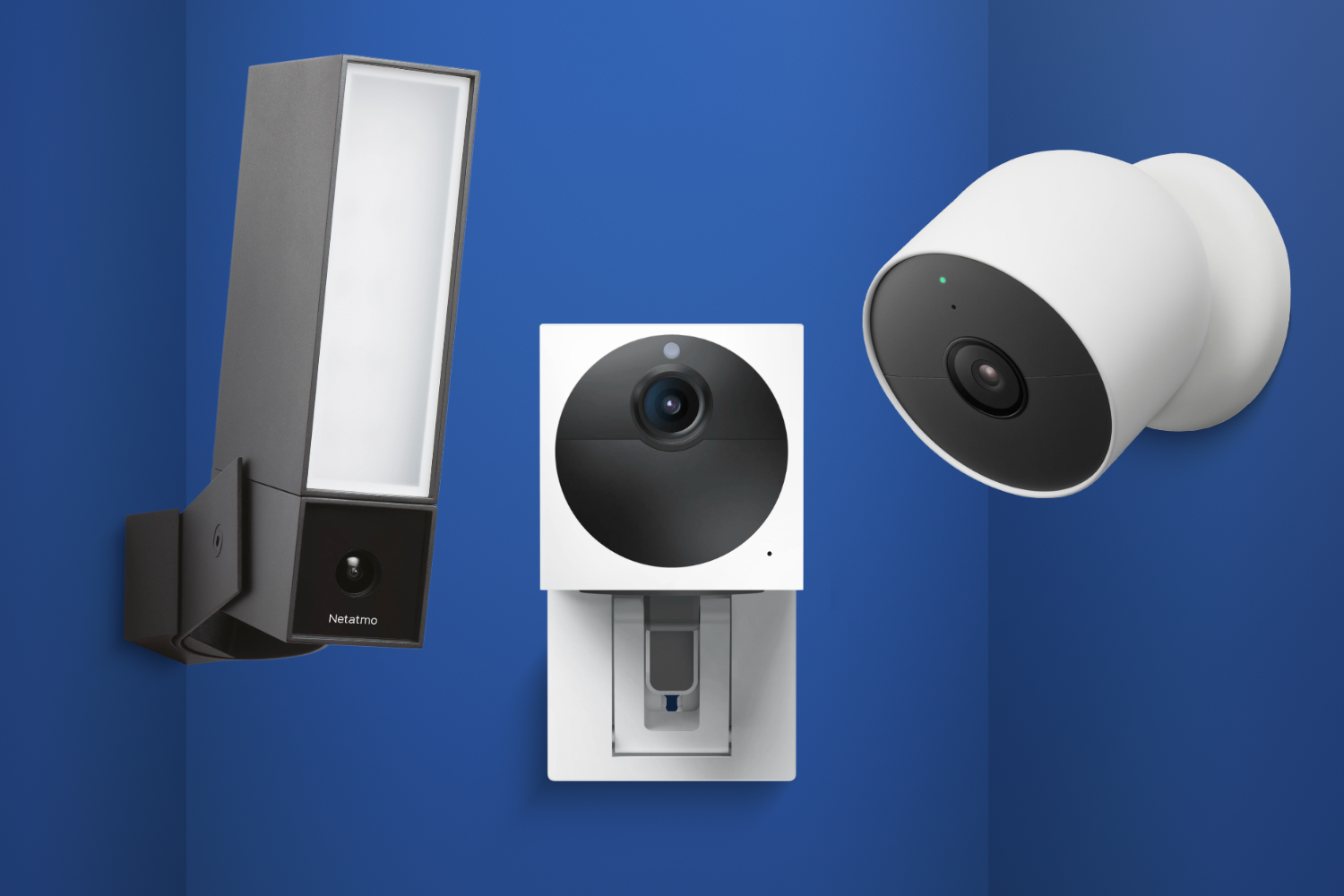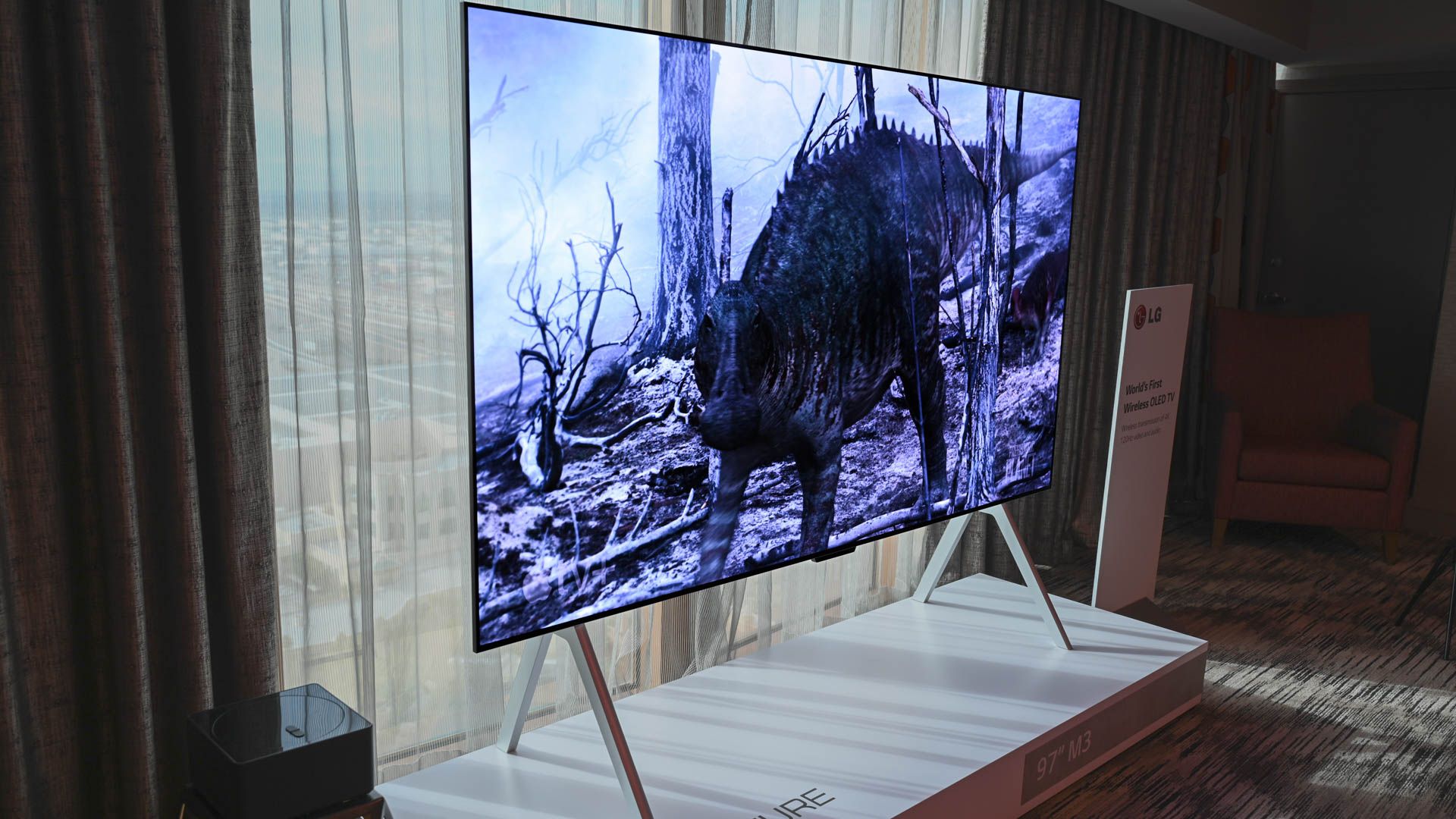Recently, I had the opportunity to go on a Seabird Cruise with Pelican Harbor Seabird Station, a local bird rehabilitation non-profit with a center located off the 79th Street Causeway. In a city known for its loud luxury and even louder party scene, it was a refreshingly tranquil and totally unique boating experience in Miami.
Pelican Harbor Seabird Station is a nonprofit organization that’s been operating since the 1980s. It began as a facility specifically for treating brown pelicans but has since evolved into a premier wildlife hospital for birds, mammals and reptiles, keeping pace with the city’s growth.
Honestly, the sunset cruise was wonderful on its own. The sky was clear and it wasn’t too hot, there was a gentle breeze and the full moon that emerged as the sun lowered during our journey added to the dreamy ambiance. But knowing that proceeds from the tour directly benefit Miami’s wildlife was a huge plus.

The $60 tours are typically hosted bi-monthly and always sell out. The Pelican Harbor website lists all upcoming Seabird Cruise details. My Seabird Cruise departed at 4:30 from Crandon Park Marina and lasted two hours. We boarded the Explorer and set off around Crandon’s Bird Key Rookery, Biscayne Bay, Stiltsville and circled the Miami skyline. Pelican Harbor’s Marianna Niero was on board to explain everything along the way.
As the sun began to set and golden hour approached, we got closer to the Bird Key Rookery. There, everyone was amazed by the vast number of white and brown pelicans as well as frigatebirds. I was particularly struck by the sight of a group of pelicans diving into the water one after another in perfect synchronization. The rookery serves as a nesting destination for these birds.

Moving away from Bird Key Rookery, we passed several hazard and boundary markers in the water, where we could see small seabirds hanging around. The Explorer edged closer to Stiltsville as the sky displayed a stunning array of yellow, orange and blue hues at sunset. The Stilts, once a marketplace for fishermen to buy, sell, eat, drink and rest, have now become a refuge for pelicans and frigatebirds.
After visiting Stiltsville, the boat navigated around Biscayne Bay. The open waters and vibrant sky slowly gave way to night. The Seabird Cruises are just one extension of Pelican Harbor’s educational programs. Fifty percent of the cruise cost goes toward operating the cruise, while the other half supports Pelican Harbor’s ongoing maintenance, as they rely on donations for their future plans.

The Seabird Cruises have been around since the founding of Pelican Harbor but have grown in popularity recently, bridging the gap between humans and our nonhuman neighbors. The guided tour highlights the work that Pelican Harbor does and also educates participants about the primary threats facing local wildlife, such as habitat loss. Many birds arriving at Pelican Harbor suffer from head trauma resulting from collisions with buildings or windows, as they become disoriented by the lights and reflections at night.
Depending on the season—particularly during migration and baby season (spring and fall)—Pelican Harbor intakes as many as 10 to 15 patients a day, which encompasses all species. In 2024, Pelican Harbor has already treated 2,300 patients. When it comes to birds, they treat a range of shorebirds, seabirds and pelicans, including mockingbirds, jays, raptors, hawks and owls.
RECOMMENDED:
⛵ The best boat tours and experiences in Miami
🌊 Welcome to Baynanza, the massive effort to clean up Miami’s shoreline
Unfortunately, many of these incredible species arrive with injuries related to human activities. For pelicans, 70% of injuries are caused by fishing lines, with many becoming entangled or having hooks lodged in their wings, pouches or stomachs. Additionally, botulism—a toxin produced by bacteria found in the fish they consume—contributes to these intakes, an issue worsened by the poor health of Biscayne Bay.
How to get involved
Pelican Harbor is currently developing an expanded hospital and education center on the south bank of Little River. This new facility will provide more space, including additional treatment rooms, outdoor enclosures, and habitats, along with a new education center that will be as large as the existing one. The new facility is set to open in 2026, but until then, Pelican Harbor’s current facility offers various programs for visitors to enjoy and support.
If the cruise happens to inspire your inner ornithophile, you can book tours of Pelican Harbor’s facilities and meet their animal ambassadors, which include Maggie the Virginia Opossum, Mowgli the Eastern Screech Owl, Luna the Great Horned Owl, Humberto and Rosario (two Florida Box Turtles) and more. These ambassadors play a crucial role in educating visitors about Florida’s wildlife. They also organize a monthly Speaker Series featuring experts on wildlife, ecosystems, nature and local history.
Pelican Harbor also runs a volunteer program called Operation Rescue and Release, where volunteers can assist with rescue efforts when individuals are unable to contain or transport injured animals or help at the station. Pelican Harbor Seabird Station is just one of many wildlife facilities in the region. The extensive network includes the South Florida Wildlife Center, CROW, and the Everglades Outpost.















